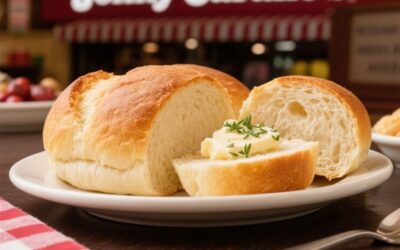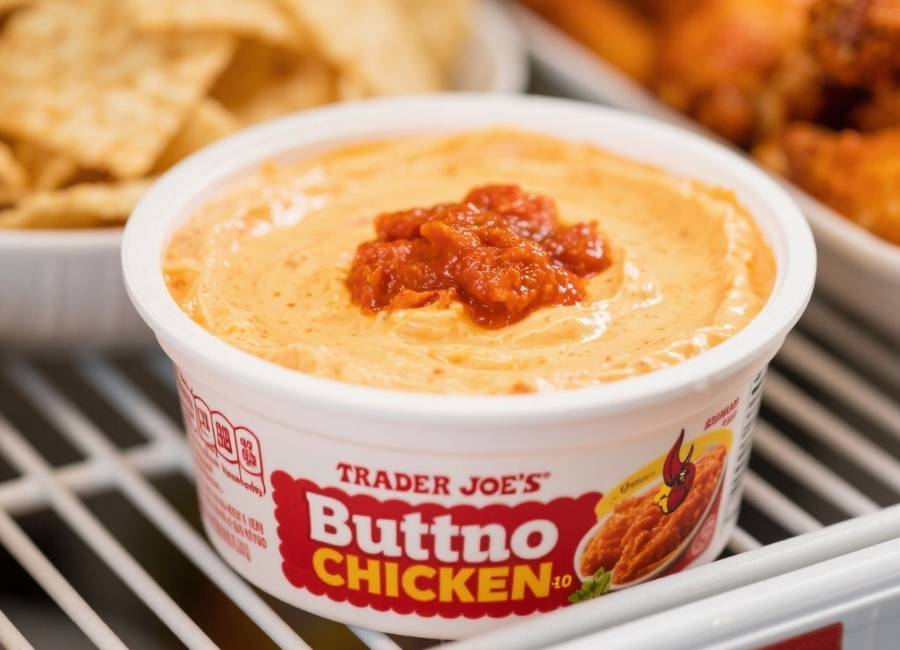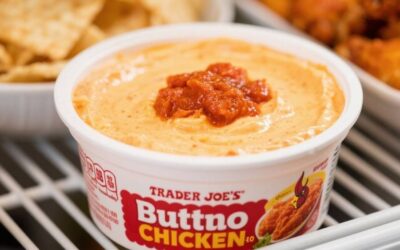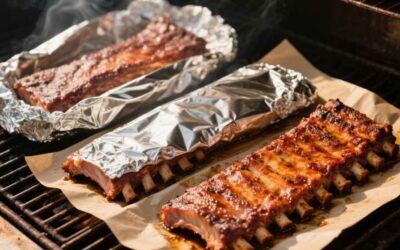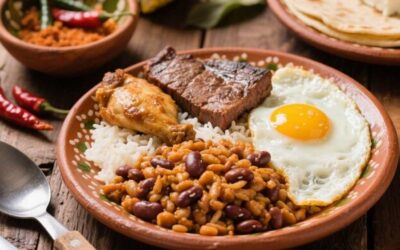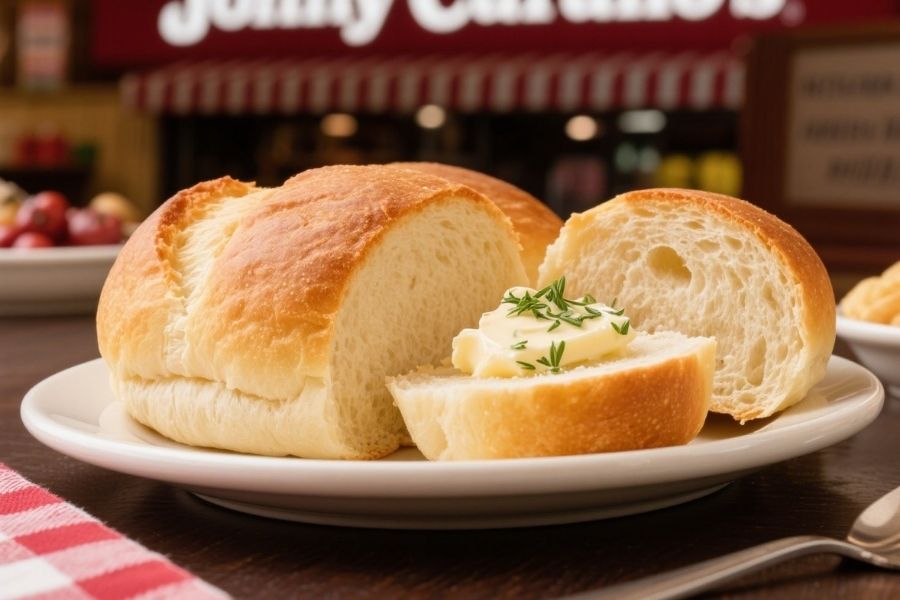Though many Johnny Carino’s restaurants have closed, their warm, pillowy bread with herbed butter remains unforgettable. The fresh-baked aroma and soft texture became a signature that diners still crave.
You don’t need a Johnny Carino’s nearby to enjoy their beloved bread. With a few basic ingredients and some patience, you can recreate this iconic recipe at home, capturing its soft texture and subtle flavor.
Perfect for a cozy dinner or sharing nostalgia with family, this recipe brings restaurant-quality bread to your table. Here’s how to make this crowd-pleaser.
What Made Johnny Carino’s Bread Special
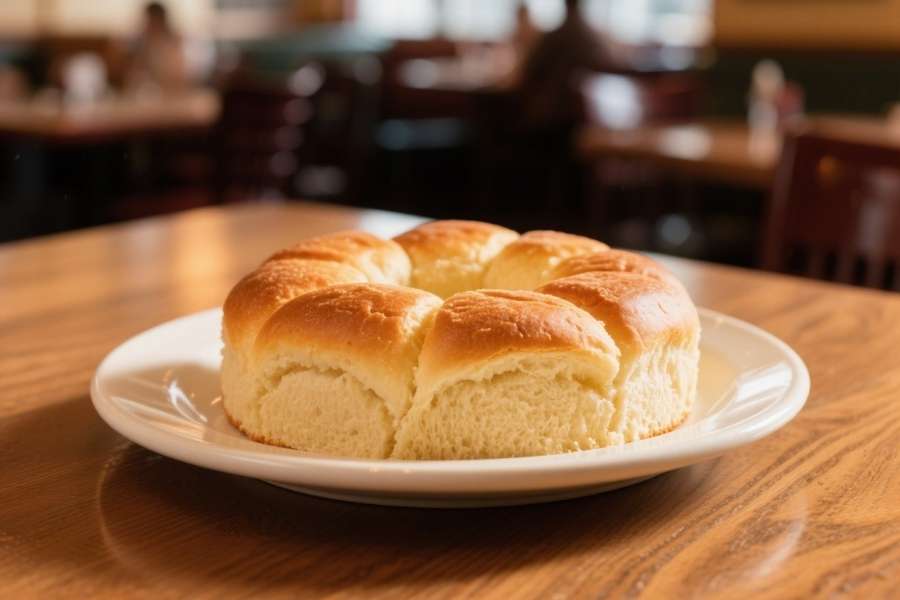
Johnny Carino’s bread stood out from typical restaurant rolls because of its unique preparation method and serving style. The bread had a distinctly soft, almost cake-like texture that was lighter than most dinner rolls but heartier than basic white bread.
The secret was in the dough’s enriched formula, which included both milk and eggs. These created a tender crumb that stayed soft even as the bread cooled. Loaves were baked until golden, then sliced thick and served warm with herbed butter.
The herbed butter itself was a crucial component. Made with fresh herbs like parsley and chives mixed into softened butter, it melted perfectly into the warm bread and added a savory element that complemented the bread’s mild sweetness.
Essential Ingredients for Perfect Copycat Bread
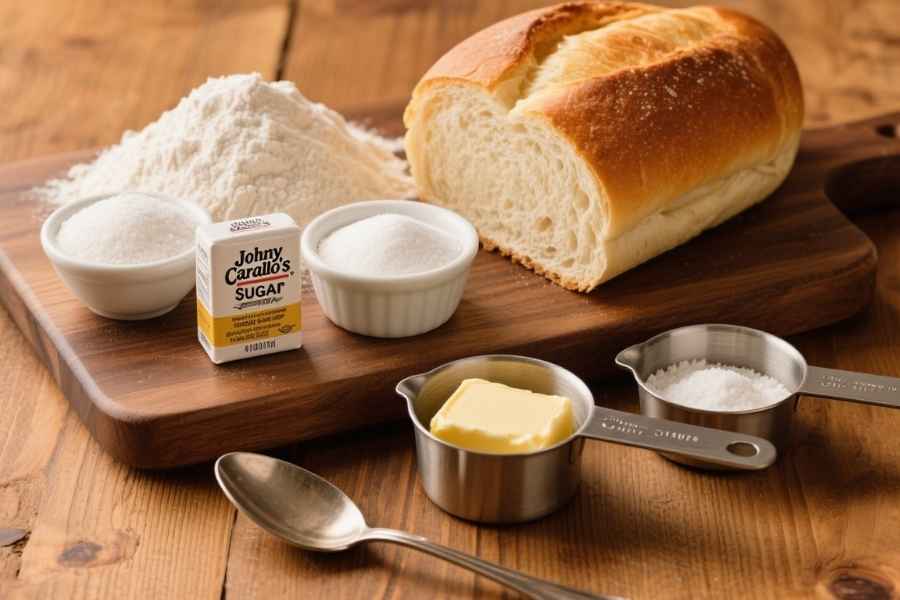
To achieve Johnny Carino’s signature bread, gather these key ingredients:
For the bread:
- 3 cups all-purpose flour
- 1 tablespoon granulated sugar
- 1 tablespoon active dry yeast
- 1 teaspoon salt
- 1 cup warm milk (110°F)
- 1/4 cup unsalted butter, melted
- 1 large egg
For the herbed butter:
- 1/2 cup unsalted butter, softened
- 2 tablespoons fresh parsley, finely chopped
- 1 tablespoon fresh chives, finely chopped
- 1/4 teaspoon garlic powder
- 1/4 teaspoon salt
Quality ingredients make a big difference. Use fresh yeast for the best rise, and ensure your milk is at the right temperature—neither too hot to kill the yeast nor too cool to fail to activate.
Step-by-Step Bread Making Process

Preparing the Dough
Start by combining the warm milk, sugar, and yeast in a large mixing bowl. Stir gently, then let the mixture sit for about 5 minutes until it becomes foamy and bubbly. This confirms your yeast is active and ready to use.
Step 2: Add the melted butter and beaten egg to the yeast mixture. Stir until well combined. The mixture should be smooth and slightly warm to the touch.
Step 3: In a separate bowl, whisk together the flour and salt. Gradually add this dry mixture to the wet ingredients, stirring until a soft, slightly sticky dough forms. This consistency is key to a tender texture.
Kneading and First Rise
Step 4: Turn the dough onto a lightly floured surface. Knead for 8-10 minutes, until the dough is smooth and elastic. The dough should spring back when gently pressed.
Step 5: Place the kneaded dough in a greased bowl, rotating it to coat all sides. Cover with a damp kitchen towel and let the dough rise in a warm, draft-free area for about 1 hour, or until it has doubled in size.
Shaping and Second Rise
Step 6: After the first rise, punch the dough down gently to release air bubbles. Turn out onto a lightly floured surface, shape into a rectangle, and place in a greased 9×5-inch loaf pan.
Step 7: Cover the loaf with a kitchen towel and let it rise a second time—30-45 minutes—until it has risen about 1 inch above the rim of the pan. This ensures the right height and texture.
Baking Tips for Restaurant-Quality Results

Preheat your oven to 375°F about 15 minutes before you plan to bake. This ensures even heat distribution throughout the baking process.
Before placing the bread in the oven, you can brush the top with melted butter for extra richness and a golden finish. This step is optional but adds to the authentic restaurant experience.
Bake for 25-30 minutes, until the top is golden brown and the bread sounds hollow when tapped. An instant-read thermometer inserted into the center should read 190°F.
Remove the bread from the oven and let it cool in the pan for 5 minutes before turning it out onto a wire rack. This brief cooling period prevents the bread from becoming soggy on the bottom.
Creating the Perfect Herbed Butter
While your bread cools, prepare the herbed butter that made Johnny Carino’s bread so memorable. This flavored butter is surprisingly simple but makes all the difference.
Allow the butter to come to room temperature so it’s easy to mix. Combine the softened butter with finely chopped fresh parsley, chives, garlic powder, and salt. Mix thoroughly until the herbs are evenly distributed throughout the butter.
For optimal results, use fresh herbs instead of dried ones. Fresh herbs provide a brighter flavor and better color that mimics the original restaurant version.
Transfer the herbed butter to a small serving bowl or shape it into a log using parchment paper. Refrigerate until firm, then let it come to room temperature before serving.
Serving and Storage Suggestions
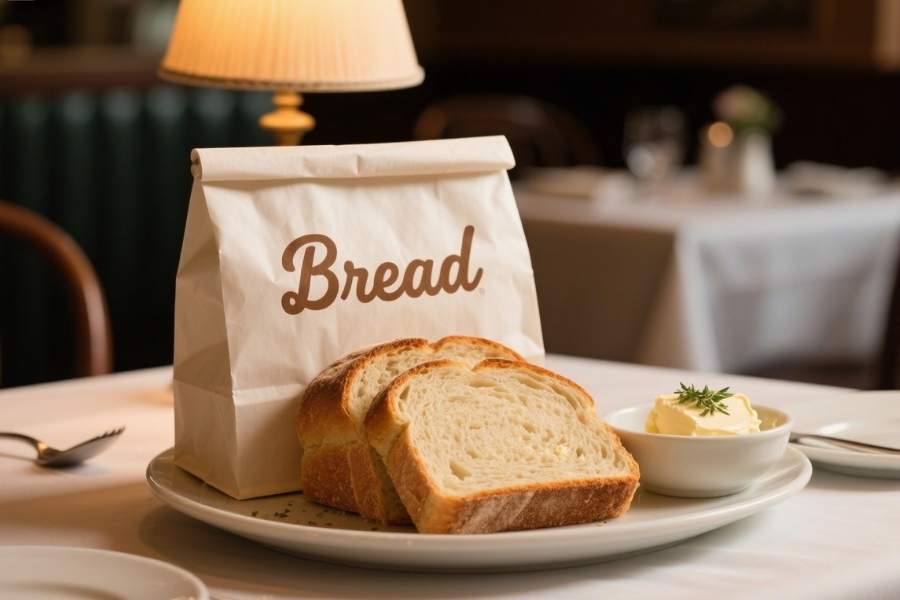
Serve the bread warm, sliced thick like the original restaurant version. The ideal slice is approximately 3/4 inch thick, providing the perfect ratio of soft interior to slightly firmer crust.
Always serve with the herbed butter on the side, allowing each person to add as much as they prefer. The butter should be soft enough to spread easily, but not so smooth that it has completely melted.
Fresh bread tastes best within 2-3 days of baking. Store it wrapped in plastic wrap or aluminum foil at room temperature. For more extended storage, slice the bread and freeze individual portions in freezer bags for up to 3 months.
To refresh day-old bread, wrap it in a damp paper towel and microwave for 10-15 seconds, or warm slices in a 350°F oven for 3-5 minutes.
Troubleshooting Common Issues

If your bread turns out too dense, the most likely culprit is old or inactive yeast. Always check the expiration date on your yeast and test it with warm water and sugar before using.
Overly dry bread often results from too much flour or overbaking. Measure flour by spooning it into the measuring cup and leveling off, rather than scooping directly from the container.
If the bread doesn’t rise properly, check that your rising environment is warm enough (ideally 75-80°F) and free from drafts. You can create a warm environment by placing the bowl on top of your refrigerator or in an oven with just the light on.
Bring Restaurant Memories Home
Making Johnny Carino’s bread at home offers more than just a delicious side dish—it’s about recreating those special dining memories in your kitchen. The process might take a few hours from start to finish, but most of that time is hands-off rising and baking.
This recipe is an excellent addition for family dinners, holidays, or whenever you want something special at the table. The blend of tender, slightly sweet bread and herbed butter creates a memorable experience every time.
Make a double batch and freeze one loaf for later. Homemade bread on hand instantly elevates any meal. Your family and friends will request the recipe after one bite.










